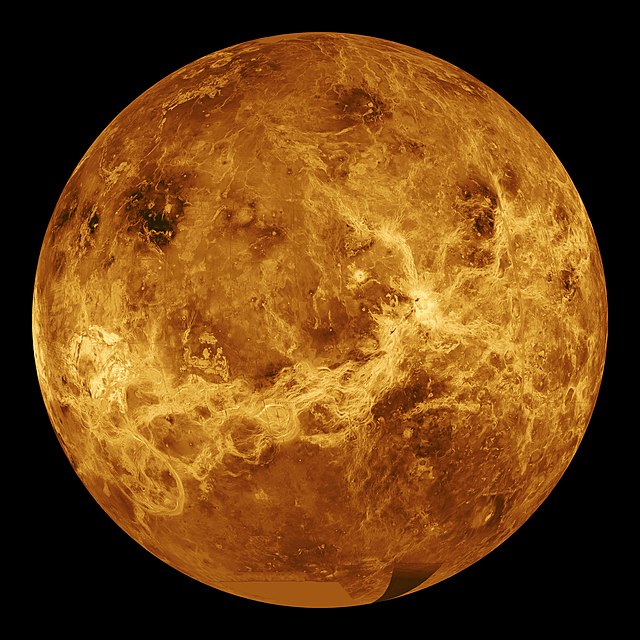NASA captured the first visible-light images of Venus’ surface
February 24, 2022
For the first time, researchers at NASA have obtained visible-light images of the surface of Venus. Venus’ rocky surface is concealed beneath a thick layer of clouds, telescopes on the Parker Space Probe have been able to capture these new images, according to a report in the Feb 16 Geophysical Research Letters. “We’ve never actually seen the surface through the clouds at these wavelengths before,” said Lori Glaze, Director of NASA’s Planetary Science Division, on February 10 during a live broadcast on Twitter.
The Parker Solar Probe was launched in 2018 and was originally designed to capture high-resolution images of the Sun through a series of flybys. During its nearly seven-year mission, the Parker Space Probe will eventually travel within 6 million kilometers of the Sun. Even with the aim of studying the Sun, the probe relies on its flybys of Venus in order to get closer to the Sun. The planet’s gravity brings the probe closer to its target and tightens its orbit. The images in question were captured over two flybys of Venus in July 2020 and February 2021.
The Parker Solar Probe has two WISPR telescopes, which are both designed to indirectly photograph the Sun using different wavelengths of light to capture an image. According to Science News, researchers were most surprised that visible light was able to break through the clouds so intensely. Clouds tend to absorb and scatter light. But some wavelengths of light get through depending on the clouds’ chemical makeup, says Paul Byrne, a planetary scientist at Washington University at St. Louis, Missouri, who was not involved with the study. These images come as NASA prepares to launch two new missions to Venus, DAVINCI+ and VERITAS, which aim to measure how the water on Venus has changed over time and provide a full 3-D map with plate tectonics and volcanism.







